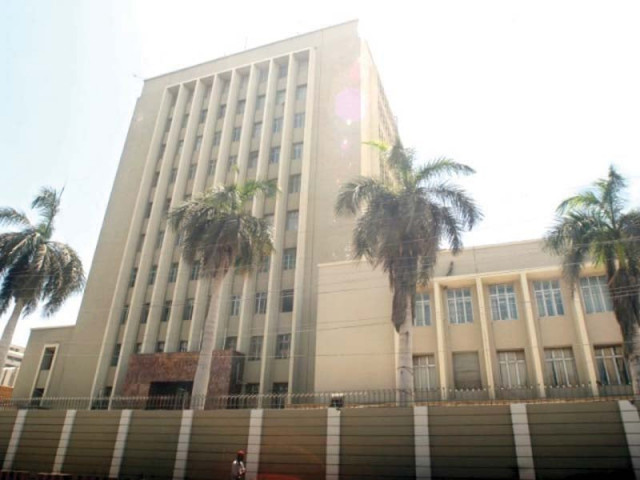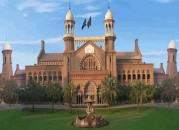Analysts divided over status quo or rate cut
Expecting inflation to go up, some feel target rate will be kept unchanged

Central banks use this monetary policy tool to control money supply in the economy in order to achieve price stability and economic growth targets. PHOTO: FILE
Analysts have issued varying forecasts about the monetary policy announcement that the State Bank of Pakistan (SBP) is set to make today (Saturday) through a press statement.
Based largely on low inflation and declining oil prices, some brokerage houses have forecast a downward revision of 50 basis points, or 0.5%, in the benchmark interest rate in the economy. Others anticipate the status quo to prevail on the monetary policy front because inflation may possibly go up in months to come.
The discount rate is the interest rate at which commercial banks are allowed to borrow from the central bank’s discount window on an overnight basis. Central banks use this monetary policy tool to control money supply in the economy in order to achieve price stability and economic growth targets. Currently, the discount rate is 7% while the newly introduced target rate stands at 6.5%.
The SBP kept the target rate unchanged at 6.5% in its last announcement in July after bringing it down by 300 basis points in 2014-15.
IGI Securities and Global Securities say the SBP will keep the target rate unchanged while Topline Securities, BMA Capital and Shajar Capital believe the central bank will bring it down to 6% for the next two months.
Reasons for status quo
The major reason for expecting the status quo in the discount rate announcement is the record-low level of inflation in the country. Inflation, as measured by the consumer price index (CPI), stood at 1.7% in the first two months of 2015-16. This means the real interest rate - the difference between the discount rate and inflation - equals 5.3%.
“We believe a likely spike in inflation down the road will support a status quo stance,” Global Securities said, noting that the SBP’s projected inflation for the fiscal year (4.5%-5.5%) would offer the real interest rate of approximately 200 basis points, which is in line with the historical average.
As per IGI Securities, the volatility in international oil and commodity prices in recent weeks should make the SBP adopt a wait-and-see stance. Moreover, the recent domestic gas price hike is expected to cause inflation (on a month-on-month basis), it said. It is also important to take into account the absence of the low-base effect November onwards, which will likely reflect in CPI readings in coming months.
Reasons for a rate cut
Interestingly, those expecting a rate cut base their argument on the same set of economic data - mainly inflation and global oil prices - that the status quo-forecasting group of analysts is interpreting otherwise.
Given the decline of approximately 21% in crude oil prices in the fiscal year to date, ample foreign exchange reserves ($18.59 billion) and expected inflation of 2%-3% in the second quarter of the fiscal year, Shajar Capital analyst Yawar Uz Zaman says there is a “high probability” of a 0.5% downward adjustment in the policy rate.
Unlike the other group of analysts that uses the SBP’s projected inflation figure of 4.5%-5.5% for 2015-16, Zaman relies on the average CPI expected in Jul-Dec (2.5%) to calculate the real interest rate.
He says the existing target rate of 6.5% implies a “huge real interest spread” of 400 basis points, which warrants a rate cut.
Moreover, yields in the latest auction of Pakistan Investment Bonds (PIBs) also declined by an average of 16.3 basis points, which shows the bond market is expecting a rate cut, he noted.
“To spur private-sector growth and achieve a GDP target of 7%-plus until 2017-18, the SBP should adjust long-term lending rates downward,” he added.
Published in The Express Tribune, September 12th, 2015.
Like Business on Facebook, follow @TribuneBiz on Twitter to stay informed and join in the conversation.


















COMMENTS
Comments are moderated and generally will be posted if they are on-topic and not abusive.
For more information, please see our Comments FAQ